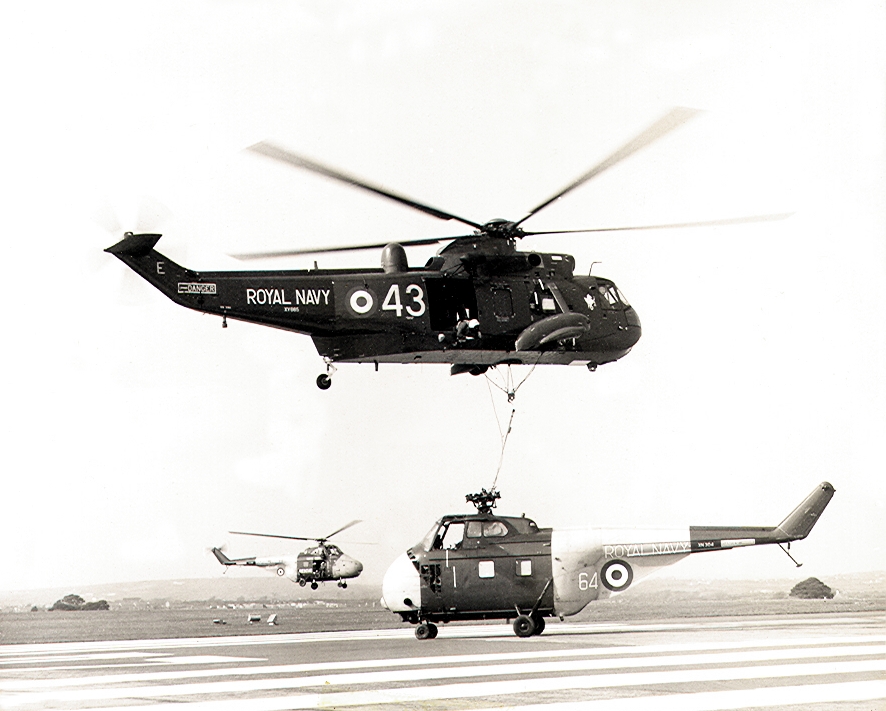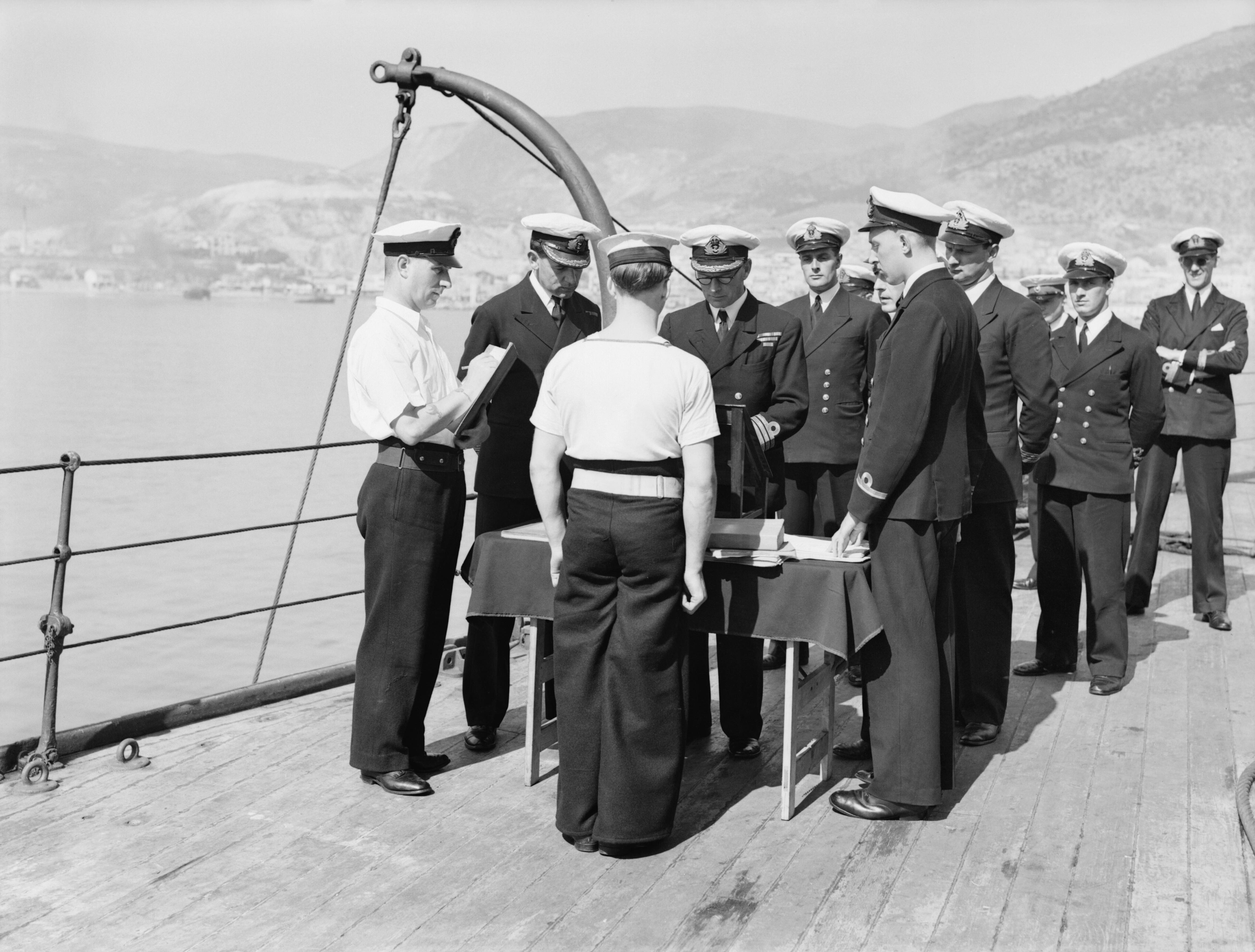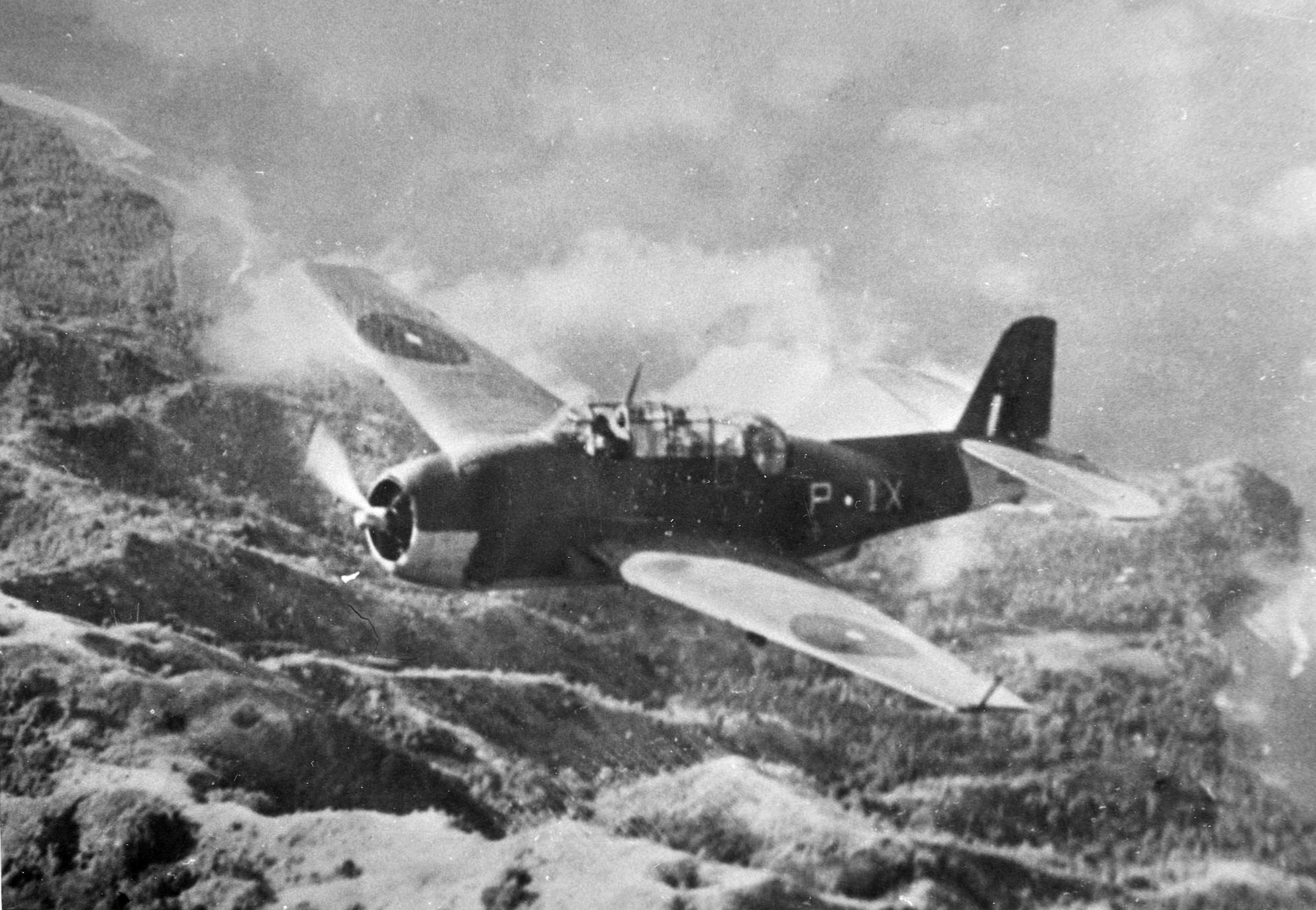|
Sailor (TV Series)
''Sailor'' was a major BBC television documentary series, first shown in 1976, about life on board the fourth HMS ''Ark Royal'', a British aircraft carrier. It followed the ship on a five-and-a-half-month deployment to North America in 1976. The series was filmed after the completion of a major refit and coincided with the 21st anniversary of her commissioning. It is particularly noteworthy for its depiction of fixed-wing aircraft operation in the Royal Navy before its demise in 1978, with the paying off and scrapping of ''Ark Royal''. It shows the Phantom, Buccaneer, Gannet, Sea King and Wessex air group from 809 Naval Air Squadron, 824 Naval Air Squadron, 849 Naval Air Squadron and 892 Naval Air Squadron. Series Episodes Appearances Captain Wilfred Graham, who later became Flag Officer, Portsmouth (FOP) (now obsolete), is the Ark Royal's commanding officer during its deployment. Commander David Cowling, who features heavily in the series, was the executive officer. ... [...More Info...] [...Related Items...] OR: [Wikipedia] [Google] [Baidu] |
HMS Ark Royal (R09)
HMS ''Ark Royal'' (R09) was an aircraft carrier of the Royal Navy and, when she was decommissioned in 1979, was the Royal Navy's last remaining CATOBAR, conventional catapult and arrested-landing aircraft carrier. She was the first aircraft carrier to be equipped with angled flight deck at its commissioning; her sister ship, , was the Royal Navy's first angle-decked aircraft carrier after modification in 1954. ''Ark Royal'' was the only non-United States vessel to operate the McDonnell Douglas Phantom in UK service, McDonnell Douglas Phantom at sea. Construction and modifications ''Ark Royal'' was the sister ship to , which was initially named HMS Audacious, HMS ''Audacious'', hence the name of the class. Four ''Audacious''-class ships were laid down, but two (HMS ''Africa'' and the original HMS ''Eagle'') were cancelled when the Second World War ended, and construction of the other two was suspended for several years. Both surviving ships were extensively upgraded throughou ... [...More Info...] [...Related Items...] OR: [Wikipedia] [Google] [Baidu] |
Westland Sea King
The Westland WS-61 Sea King is a British licence-built version of the American Sikorsky S-61 helicopter of the same name, built by Westland Helicopters. The aircraft differs considerably from the American version, with Rolls-Royce Gnome engines (derived from the US General Electric T58), British-made anti-submarine warfare systems and a fully computerised flight control system. The Sea King was primarily designed for performing anti-submarine warfare (ASW) missions. A Sea King variant known as the Commando was devised by Westland to serve as a troop transport. In British service, the Westland Sea King provided a wide range of services in both the Royal Navy and the Royal Air Force. As well as wartime roles in the Falklands War, the Gulf War, the Bosnian War, the Iraq War and the Afghanistan War, the Sea King is perhaps most well known in its capacity as a Royal Navy Search and Rescue (red and grey livery) and RAF Search and Rescue Force (yellow livery) helicopter. The S ... [...More Info...] [...Related Items...] OR: [Wikipedia] [Google] [Baidu] |
Military Chaplain
A military chaplain ministers to military personnel and, in most cases, their families and civilians working for the military. In some cases they will also work with local civilians within a military area of operations. Although the term '' chaplain'' originally had Christian roots, it is generally used today in military organizations to describe all professionals specially trained to serve any spiritual need, regardless of religious affiliation. In addition to offering pastoral care to individuals, and supporting their religious rights and needs, military chaplains may also advise the executive on issues of religion, and ethics, morale and morals as affected by religion. They may also liaise with local religious leaders in an effort to understand the role of religion as a factor both in hostility and war and in reconciliation and peace. On the role of chaplains in multinational operations. Military chaplains normally represent a specific religion or faith group but work w ... [...More Info...] [...Related Items...] OR: [Wikipedia] [Google] [Baidu] |
Master-at-Arms
A Master-at-Arms (US: MA; UK & some Commonwealth: MAA) may be a naval rating, responsible for law enforcement, regulating duties, security, anti-terrorism/force protection (AT/FP) for/of a country's navy; an army officer responsible for physical training; or a member of the crew of a merchant ship (usually a passenger vessel) responsible for security and law enforcement. In some navies, a ship's corporal is a position—not the rank—of a petty officer who assists the master-at-arms in his various duties. Historically, a master-at-arms was responsible for the training of soldiers during peace time, or actively involved in leading the defense of a fortification during war time. In some countries, the term "Navy Police" is used for an institution part of a navy responsible for law enforcement, such as the Royal Navy Police, known as the Royal Navy Regulating Branch until 2007. South Africa United Kingdom Royal Navy The master-at-arms (MAA) is a ship's senior rating, normal ... [...More Info...] [...Related Items...] OR: [Wikipedia] [Google] [Baidu] |
Leading Seaman
Leading seaman is a junior non-commissioned rank or rate in navies, particularly those of the Commonwealth. When it is used by NATO nations, leading seaman has the rank code of OR-4. It is often equivalent to the army and air force rank of corporal and some navies use corporal rather than leading seaman. The rank is used in the navies of Australia, Bangladesh, Canada (Sailor First Class), Finland, Ghana, Greece, India, Ireland, Namibia, New Zealand, Norway, Pakistan, South Africa, Sri Lanka and the United Kingdom. Australia The badge in the Royal Australian Navy is the fouled anchor over the word "Australia", worn on the shoulders, or the fouled anchor worn on the left sleeve, depending on what uniform is worn at the time. It is senior to able seaman but junior to petty officer. Leading seaman or leading hand, which it is also known as, is the equivalent of corporal in the Royal Australian Air Force and the Australian Army. Leading seamen are addressed as "leader", and infor ... [...More Info...] [...Related Items...] OR: [Wikipedia] [Google] [Baidu] |
Flag Officer, Portsmouth
The Flag Officer Portsmouth was created following changes in the naval shore command organisation in the United Kingdom in July 1969. This role merged some of the former duties of Commander-in-Chief, Portsmouth and Admiral-superintendent, Portsmouth into one area commander. First established in May 1971 until July that year when the title was altered to Flag Officer, Spithead. This office was revived again in August 1975 when the former post of Flag Officer Spithead was abolished. The office existed until October 1996 when it too was abolished. History On 14 October 1968 it was announced in the House Commons debate on the Ministry of Defence discussing part of the changes in the Naval Shore Command Organisation in the United Kingdom, the duties of Commander-in-Chief, Portsmouth and Admiral-Superintendent Portsmouth will be carried out by one Flag Officer. In July 1969 the HQ of the C-in-C Portsmouth until that post, together with that of C-in-C Plymouth, were subsumed into the ... [...More Info...] [...Related Items...] OR: [Wikipedia] [Google] [Baidu] |
Sikorsky SH-3 Sea King
The Sikorsky SH-3 Sea King (company designation S-61) is an American twin-engined anti-submarine warfare (ASW) helicopter designed and built by Sikorsky Aircraft. A landmark design, it was one of the first ASW rotorcraft to use turboshaft engines. The Sea King has its origins in efforts by the United States Navy to counter the growing threat of Soviet submarines during the 1950s. Accordingly, the helicopter was specifically developed to deliver a capable ASW platform; in particular, it combined the roles of ''hunter'' and ''killer'', which had previously been carried out by two separate helicopters. The Sea King was initially designated ''HSS-2'', which was intended to imply a level of commonality to the earlier ''HSS-1''; it was subsequently redesignated as the ''SH-3A'' during the early 1960s. Introduced to service in 1961, it was operated by the United States Navy as a key ASW and utility asset for several decades prior to being replaced by the non-amphibious Sikorsky SH- ... [...More Info...] [...Related Items...] OR: [Wikipedia] [Google] [Baidu] |
USS Bergall (SSN-667)
USS ''Bergall'' (SSN-667), a ''Sturgeon''-class attack submarine, was the second ship of the United States Navy to be named for the bergall, a small fish found along the Atlantic coast of North America from the Chesapeake Bay to Labrador. Construction and commissioning The contract to build ''Bergall'' was awarded to General Dynamics Electric Boat on 9 March 1965 and her keel was laid down on 16 April 1966. She was launched on 17 February 1968, sponsored by Mrs. Ray C. Needham, and commissioned on 13 June 1969. Service history 1969-1984 Ship's Motto: "Invisible, Invulnerable, Invincible" BERGALL is the second submarine to bear the name. The first was built by Electric Boat in 1944. During World War II, SS 320 made five war patrols and sank or damaged over 100,000 tons of enemy shipping. This is the reason for there being five stars on the SSN 667 Ship's Crest. The USS Bergall (SSN 667) was a STURGEON Class, especially designed as an anti-submarine weapon. Her keel was l ... [...More Info...] [...Related Items...] OR: [Wikipedia] [Google] [Baidu] |
Azores
) , motto =( en, "Rather die free than subjected in peace") , anthem= ( en, "Anthem of the Azores") , image_map=Locator_map_of_Azores_in_EU.svg , map_alt=Location of the Azores within the European Union , map_caption=Location of the Azores within the European Union , subdivision_type=Sovereign state , subdivision_name=Portugal , established_title=Settlement , established_date=1432 , established_title3=Autonomous status , established_date3=30 April 1976 , official_languages=Portuguese , demonym= ( en, Azorean) , capital_type= Capitals , capital = Ponta Delgada (executive) Angra do Heroísmo (judicial) Horta (legislative) , largest_city = Ponta Delgada , government_type=Autonomous Region , leader_title1=Representative of the Republic , leader_name1=Pedro Manuel dos Reis Alves Catarino , leader_title2= President of the Legislative Assembly , leader_name2= Luís Garcia , leader_title3= President of the Regional Government , leader_name3=José Manuel Bolieiro , le ... [...More Info...] [...Related Items...] OR: [Wikipedia] [Google] [Baidu] |
Western Approaches
The Western Approaches is an approximately rectangular area of the Atlantic Ocean lying immediately to the west of Ireland and parts of Great Britain. Its north and south boundaries are defined by the corresponding extremities of Britain. The coast of the mainland forms the eastern side and the western boundary is the 30 degree meridian, which passes through Iceland. The area is particularly important to the United Kingdom, because many of its larger shipping ports lie within it. The term is most commonly used when discussing naval warfare, notably during the First World War and Battle of the Atlantic during the Second World War in which Nazi Germany's ''Kriegsmarine'' attempted to blockade the United Kingdom using submarines (U-boats) operating in this area. Since almost all shipping to and from the United Kingdom passed through this area, it was an excellent hunting ground and had to be heavily defended. See also *Irish Sea *GIUK gap *Long Forties * Broad Fourteens *Western ... [...More Info...] [...Related Items...] OR: [Wikipedia] [Google] [Baidu] |
892 Naval Air Squadron
892 Naval Air Squadron (892 NAS) was a carrier-based fighter squadron of the British Royal Navy's Fleet Air Arm. It was formed in 1943, flying Grumman Martlets, and was the only operational Fleet Air Arm squadron to fly the McDonnell Douglas Phantom FG.1. History 892 Naval Air Squadron was first formed on 15 July 1942 at Naval Air Station Norfolk, Virginia as a single-seat fighter squadron. It was equipped with six Grumman Martlet IV fighters when it embarked on the newly completed escort aircraft carrier for passage across the Atlantic on 21 December 1942. In February 1943, the squadron embarked aboard , which supported convoys in the North Atlantic. The squadron's strength was reduced to three Martlets in June 1943, and it was disbanded on 11 August 1943, passing its aircraft to 819 Naval Air Squadron. 892 Squadron reformed on 1 April 1945 at RNAS Eglinton (now City of Derry Airport) in Northern Ireland as a night fighter squadron, equipped with Grumman Hellcat II NFs, be ... [...More Info...] [...Related Items...] OR: [Wikipedia] [Google] [Baidu] |
849 Naval Air Squadron
849 Naval Air Squadron was a squadron of the Fleet Air Arm, the Air Arm of the British Royal Navy. It was formed during the Second World War as a carrier based torpedo-bomber, unit, flying missions against Japanese targets in the Far East. Its service since the Second World War has been as an airborne early warning squadron, flying fixed winged Skyraiders and Gannets from the Royal Navy's fixed wing carriers from 1952 until 1978, and airborne early warning Sea King helicopters from 1982 to 2018. Operational history World War two 849 Naval Air Squadron was formed on 1 August 1943 at the Naval Air Station Quonset Point, Rhode Island with Grumman Avenger Is. It returned to the UK and provided anti-surface vessel and anti-submarine patrols over the English Channel prior to and during the D-Day operations.Brown 1972, p.65. In August 1944, it was sent to Ceylon to join the British Eastern Fleet, embarking on (and becoming part of the British Pacific Fleet in November 1944). It t ... [...More Info...] [...Related Items...] OR: [Wikipedia] [Google] [Baidu] |
_MOD_45140150.jpg)




_(cropped).jpg)
.jpg)
